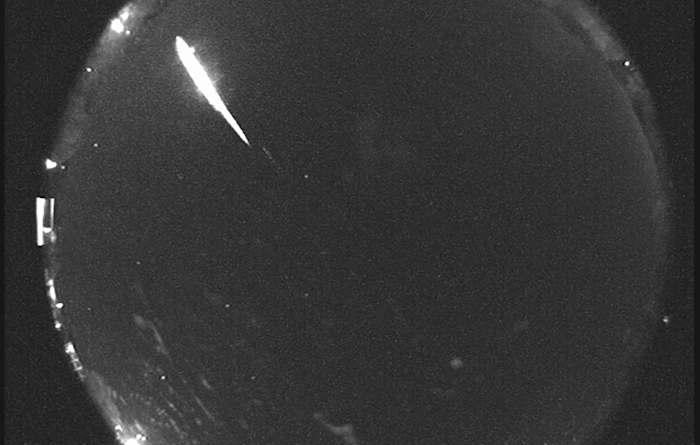The Taurid meteor showers peak a week apart in November – KPRC Click2Houston
WEATHER ALERT
Christina Larson
Associated Press
Published:
Updated:
Christina Larson
Associated Press
WASHINGTON – Two sister meteor showers are already flashing across night skies — and will peak a week apart.
The Southern Taurids will reach their zenith early Tuesday morning and the Northern Taurids on Nov. 12.
Recommended Videos
While the two showers only produce around five visible meteors per hour under ideal viewing conditions, they are often very bright fireballs, said Sally Brummel, planetarium manager at the University of Minnesota’s Bell Museum.
“What’s notable is that they’re likely to produce brighter and longer-lasting meteors than some other showers, even if there aren’t as many” at a time, she said.
The Southern Taurids will peak on an evening with only a slim crescent moon just 11% full. The Northern Taurids may be more obstructed by moonlight since the moon will be 79% full.
Viewing of both showers will last into December. Here’s what to know about the Taurids and other meteor showers.
What is a meteor shower?
Multiple meteor showers occur annually and you don’t need special equipment to see them.
Most meteor showers originate from the debris of comets. Both showers share the same parent source — originating from the debris of comet Encke.
When rocks from space enter Earth’s atmosphere, the resistance from the air makes them very hot. This causes the air to glow around them and briefly leaves a fiery tail behind them — the end of a “shooting star.”
The glowing pockets of air around fast-moving space rocks, ranging from the size of a dust particle to a boulder, may be visible in the night sky.
The two showers share similar names because, when seen in the night sky, they appear to originate from different points in the constellation Taurus.
How to view a meteor shower
Meteor showers are usually most visible between midnight and predawn hours.
It’s easier to see shooting stars under dark skies, away from city lights. Meteor showers also appear brightest on cloudless nights when the moon wanes smallest.
And your eyes will better adapted to seeing meteors if you aren’t checking your phone.
When is the next meteor shower?
Not long after the Taurids, the next big meteor shower, the Leonids, will peak on the early morning of Nov. 17.
___
The Associated Press Health and Science Department receives support from the Howard Hughes Medical Institute’s Science and Educational Media Group. The AP is solely responsible for all content.
Copyright 2024 The Associated Press. All rights reserved. This material may not be published, broadcast, rewritten or redistributed without permission.
Recommended Videos
TV Listings
Email Newsletters
RSS Feeds
Contests and Rules
Contact Us
Meet the Team
Careers at KPRC
Closed Captioning / Audio Description
Public File
Terms of Use
Privacy Policy
Do Not Sell My Info
FCC Applications
If you need help with the Public File, call (713) 778-4745.
At KPRC, we are committed to informing and delighting our audience. In our commitment to covering our communities with innovation and excellence, we incorporate Artificial Intelligence (AI) technologies to enhance our news gathering, reporting, and presentation processes. Read our article to see how we are using Artificial Intelligence.
Copyright © 2024 Click2Houston.com is managed by Graham Digital and published by Graham Media Group, a division of Graham Holdings.




